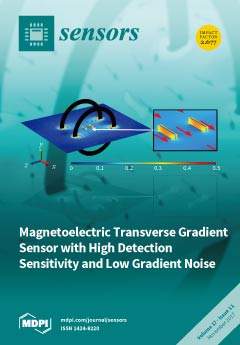1
National High Magnetic Field Laboratory, Los Alamos National Laboratory, Los Alamos, NM 87545, USA
2
Institute for Materials Science, Los Alamos National Laboratory, Los Alamos, NM 87545, USA
3
Gerencia de Materiales, Comisión Nacional de Energia Atómica, Avda. Gral. Paz 1499, B1650KNA San Martín, Buenos Aires, Argentina
4
Consejo Nacional de Investigaciones Científicas y Técnicas, Godoy Cruz 2290, C1425FQB Ciudad Autónoma de Buenos Aires, Argentina
5
Universidad Nacional Tres de Febrero, Valentín Gómez 4828, Caseros, B1678ABJ Buenos Aires, Argentina
6
National High Magnetic Field Laboratory, Florida State University, Tallahassee, FL 32310, USA
7
Condensed Matter and Magnet Science Group, Materials, Physics, and Applications Division, Los Alamos National Laboratory, Los Alamos, NM 87545, USA
8
Center for Integrated Nanotechnologies Group, Materials, Physics, and Applications Division, Los Alamos National Laboratory, Los Alamos, NM 87545, USA
9
Laboratoire de Cristallographie et Sciences des Matériaux, Normandie Université, Ecole Nationale Supérieure d'Ingénieurs de Caen, Université de Caen Normandie, Centre National de la Recherche Scientifique, 14050 Caen, France
Abstract
In this work, we review single mode SiO
2 fiber Bragg grating techniques for dilatometry studies of small single-crystalline samples in the extreme environments of very high, continuous, and pulsed magnetic fields of up to 150 T and at cryogenic temperatures down to
[...] Read more.
In this work, we review single mode SiO
2 fiber Bragg grating techniques for dilatometry studies of small single-crystalline samples in the extreme environments of very high, continuous, and pulsed magnetic fields of up to 150 T and at cryogenic temperatures down to <1 K. Distinct millimeter-long materials are measured as part of the technique development, including metallic, insulating, and radioactive compounds. Experimental strategies are discussed for the observation and analysis of the related thermal expansion and magnetostriction of materials, which can achieve a strain sensitivity (
ΔL/L) as low as a few parts in one hundred million (≈10
−8). The impact of experimental artifacts, such as those originating in the temperature dependence of the fiber’s index of diffraction, light polarization rotation in magnetic fields, and reduced strain transfer from millimeter-long specimens, is analyzed quantitatively using analytic models available in the literature. We compare the experimental results with model predictions in the small-sample limit, and discuss the uncovered discrepancies.
Full article






